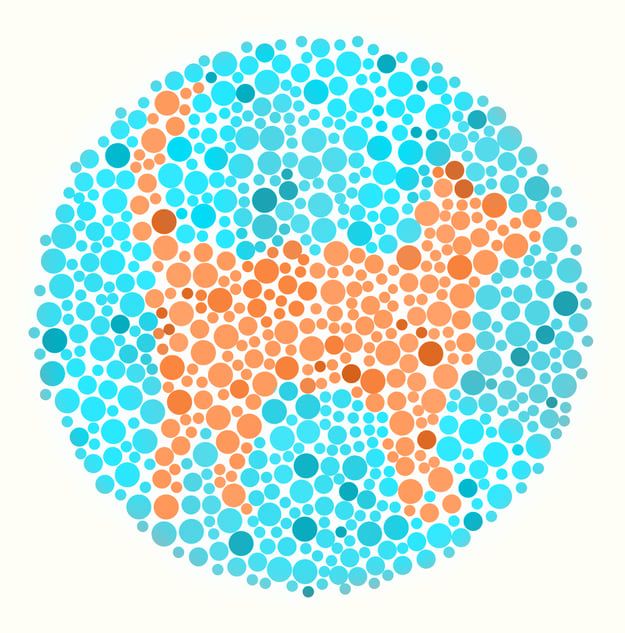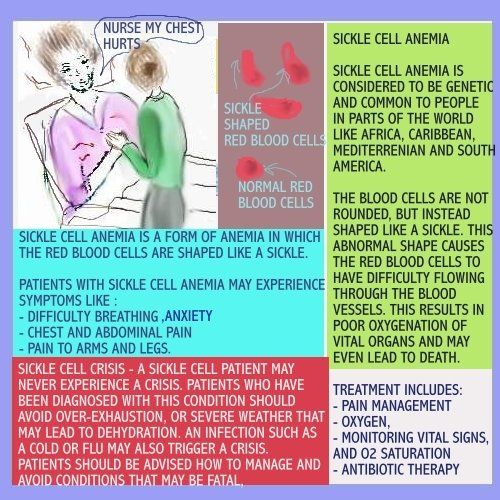How do you know if your child is colorblind
How to spot colorblindness in toddlers and children
Look out for early clues and symptoms to spot colorblindness in toddlers and children early rather than later.
Detecting color blindness is difficult for adults, let alone toddlers and children. Spotting colorblindness in toddlers and children allows you to take action early, equipping them with a pair of color blind glasses to help correct their vision - especially so they are school-ready.
There are many different types of color blindness, but the most common is a red-green color deficiency. This often results in difficulty distinguishing between colors such as reds, greens, browns, oranges, blues and purples.
Red-green color blindness is often inherited (genetic), you are born with it, with this passed down from your parents. However, in some cases, this type of color blindness alongside other types can also be developed with age.
Other types of color deficiency include blue color blindness, difficulty distinguishing between shades of black and blue and monochrome color blindness– only seeing shades of black, white, and grey. However, this affects less than 1% of those who are color blind.
There are various early signs to look out for, but the main sign is difficulty distinguishing between colors or making mistakes when identifying different colors. For example mixing up shades of red and green with browns or blues looking purple.
Other signs include:
- Using the wrong colors e.g. when painting or drawing
- Difficulty identifying red or green colored pencils or pens
- Light sensitive, especially to bright lights
- Difficulty reading and working on colored worksheets or pages
Let’s break these down one by one.
Using the wrong colors e.g. when painting or drawing
An early sign of color blindness is coloring objects in the wrong color, for example, shading the sky in purple.
Spotting this early will stop embarrassment at school, no child should be picked on for something they can’t help. Oftentimes teachers will believe that these children are ‘lacking behind’ or just simply being silly, when in reality it is their color blindness that is the problem.
Oftentimes teachers will believe that these children are ‘lacking behind’ or just simply being silly, when in reality it is their color blindness that is the problem.
Difficulty identifying red or green colored pencils or pens
The most common type of color blindness is a red-green deficiency. If your child has trouble identifying red or green colored pencils, perhaps mixing these two alongside shades of brown and/or green then this is an early sign that they may be colorblind.
Light sensitive, especially to bright lights
Our eyes contain special nerve cells that react to light, these include cones and rods.
The cones are responsible for controlling our color vision. Color pigments are present within three types of cone cells. These pigments react to short, medium, and high wavelengths, this is how we see color.
However, rods have only one kind of pigment, reacting in the same manner regardless of the light wavelength.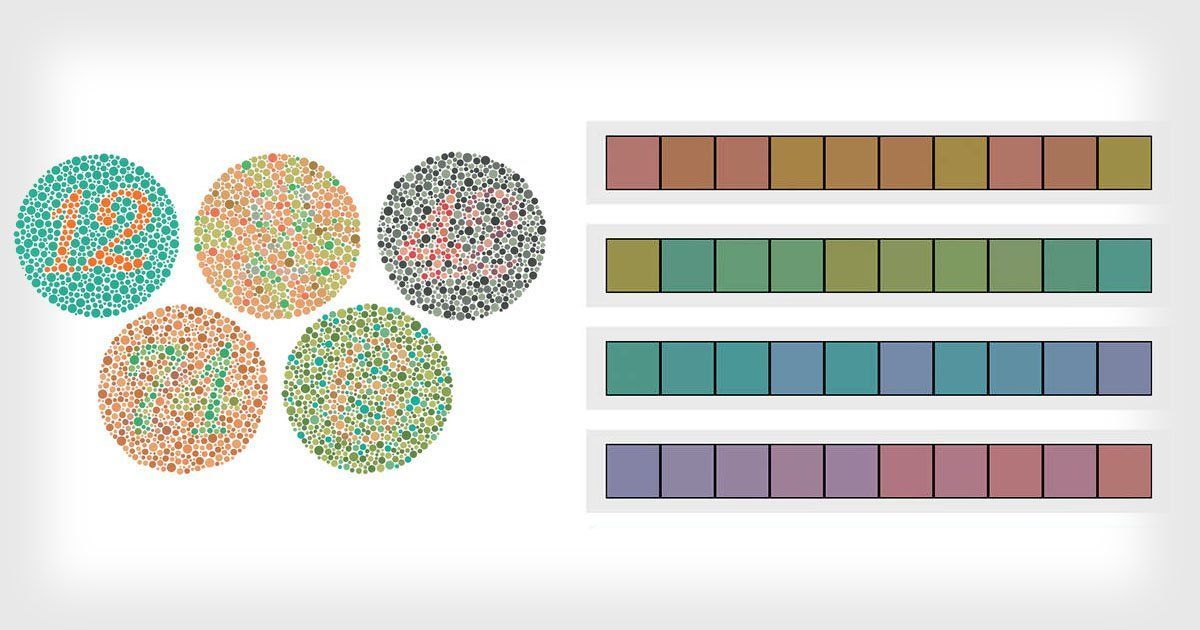 The rods actually don’t have anything to do with seeing in color, however, they are sensitive to lights, especially bright lights – this allows us to see in the dark.
The rods actually don’t have anything to do with seeing in color, however, they are sensitive to lights, especially bright lights – this allows us to see in the dark.
Those who are color blind are often more sensitive to these lights – if your child is at all sensitive to light, especially paired with difficulty identifying certain colors then this is an early sign that they may be color blind.
Difficulty reading and working on colored worksheets or pages
Whether at pre-school or completing worksheets at home, you may notice your child or toddler having difficulty reading or completing these.
If required to engage with coloring tasks, for example, coloring in a particular shape or box with a specific color, those who are color blind will have great difficulty with this. Pay particular attention to reds, greens, browns, blues and purples as this is the most common type of colors affected by color blindness.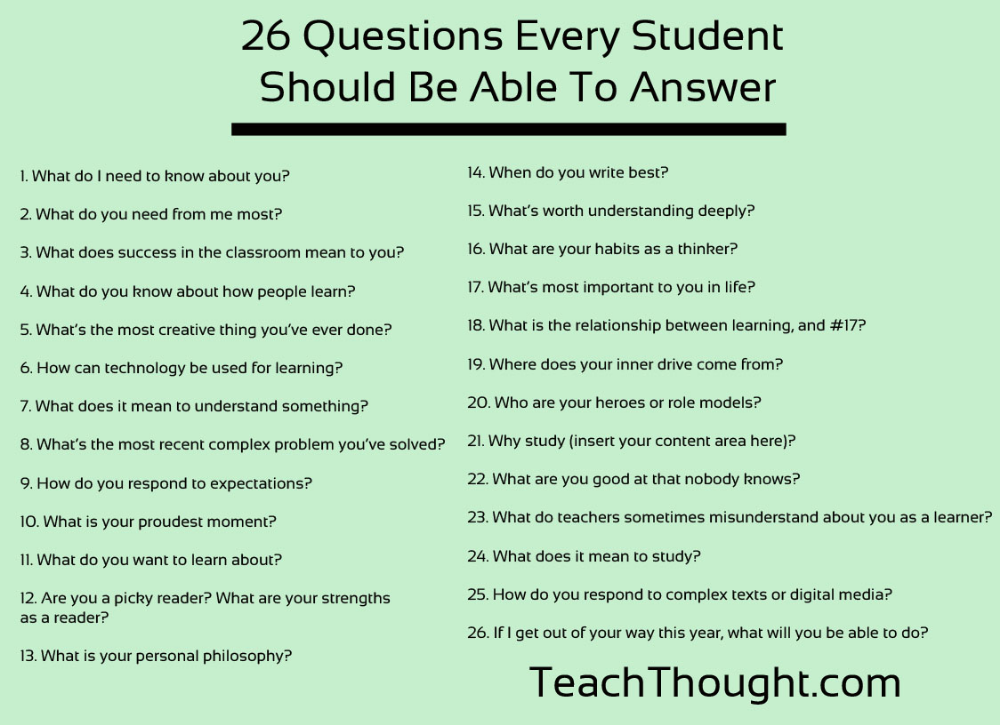
The bottom line
Spotting colorblindness in toddlers and children early is essential to prevent embarrassment and to ensure they have the best education possible.
Likewise, figuring this out early allows you to take appropriate action, perhaps investing in a pair of corrective Pilestone color blind glasses.
Spot the signs early and check your family history, after all color blindness is mostly genetic.
Images in this article was made using Pilestone expert color blind simualtor. See through the eye's of someone who is color blind by uploading your own images to see how they see it. It's probably not what you think.
4 Signs of Color Blindness in Children
One of the first things a child learns in school is their colors. It’s exciting to watch a child identify the bright blue sky or fresh green grass. But what happens if you notice your child saying the wrong colors? Could this be a sign of color blindness?
Color blindness is usually noticed when a child starts learning the names of colors. However, Brooklyn NY eye specialists warn that simply naming the wrong color does not mean your child is color blind. There are other signs to watch for, particularly if this condition runs in the family.
However, Brooklyn NY eye specialists warn that simply naming the wrong color does not mean your child is color blind. There are other signs to watch for, particularly if this condition runs in the family.
It’s important to know that children with color blindness can see shapes, lines and everything else we can. They just think about color differently. With this in mind, here are four signs that your child is struggling to see colors.
- Trouble distinguishing between red/green or blue/yellow.
Red-green color blindness is the most common type of color blindness. It makes it hard to tell the difference between shades of red and green.
Another type of color blindness, though much less common, is blue-yellow color blindness. This makes it difficult to tell the difference between blue and green and between yellow and red. Some children have complete color blindness, meaning they see no colors at all.
It’s common for young children to confuse their colors or have trouble naming them.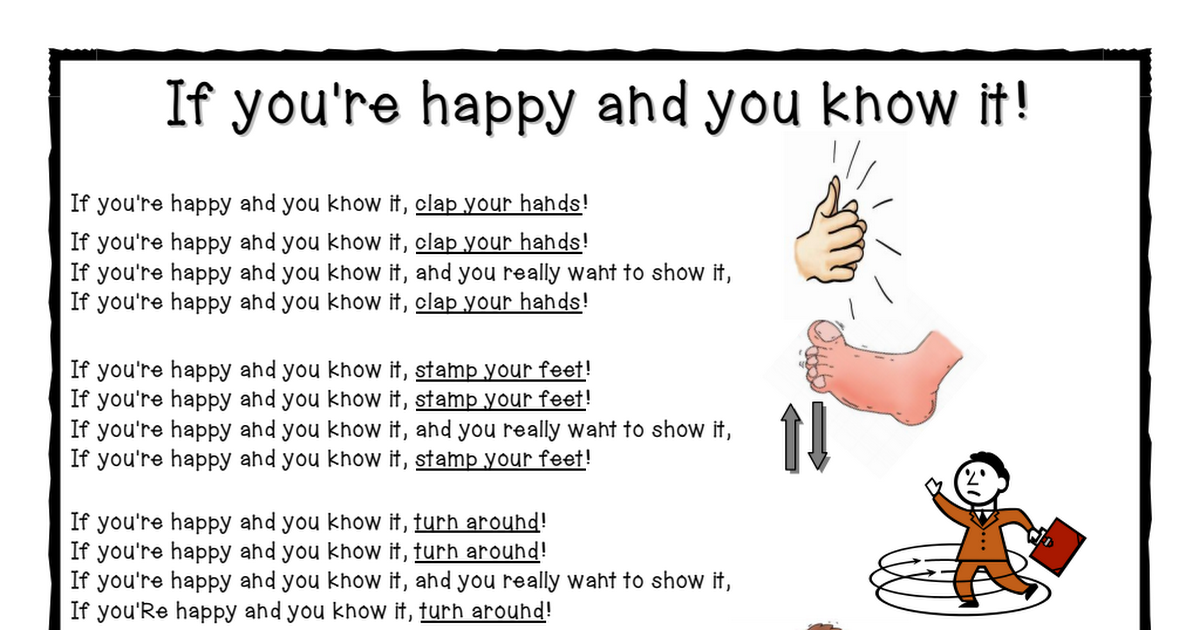 However, if you’re finding that your child is mixing up reds and greens or blues and yellows, it may be a sign of color blindness.
However, if you’re finding that your child is mixing up reds and greens or blues and yellows, it may be a sign of color blindness.
- Using the wrong colors on objects.
Your child’s artwork is a great tool for evaluating how they perceive color. If your child consistently uses the wrong colors for objects, such as red on tree leaves or blue on the sun, this could indicate color blindness.
Another thing to pay attention to is your child’s attention span on coloring sheets. For example, does your child struggle to follow color-by-number pages? Do they have a low attention span when coloring? This could be because they’re having trouble identifying colors.
- A family history of color blindness.
Color blindness is usually an inherited condition that is passed down from the parents. If there is anyone on the mother’s side of the family with color blindness, this raises the chances for your child to develop the condition as well.
Kids usually start learning their colors by 18 months and should be able to identify all of the groups by age 5. If your child is struggling to do this, they may have a color vision deficiency that has been passed down.
- Greater reliance on other senses.
We use color to describe how something looks. But if a child has trouble telling the difference between colors, they’ll usually use their other senses. For example, you may notice your child touching their food before eating it or smelling things before describing them.
If your child is using their other senses to learn about the things around them, they may be compensating for the lack of color they see. Children with color blindness are good at hiding their condition because they don’t want to be perceived as different, so this is something to pay attention to as well.
Are you concerned that your child has color blindness? Contact an eye specialist in NY who works with children and can provide a thorough color blindness test. Empire Retina Consultants offers these tests and can help you and your child adjust to life with a color vision deficiency.
Empire Retina Consultants offers these tests and can help you and your child adjust to life with a color vision deficiency.
Color blindness in children
Color blindness in children is a hereditary disease, in extremely rare cases it can be acquired, the essence of which is the inability to distinguish one color or several at once.
The disease is hereditary, the sex ratio is 99:1, mainly men are ill, and women are latent carriers of the gene. The disease is almost always congenital, but its detection is often delayed for many years. As a result of color blindness, children do not receive the necessary information, which subsequently affects their development. Color blindness in children is quite difficult to diagnose, due to the fact that the age at which children begin to meaningfully name colors is about 3-4 years. And in order to consolidate the skills of determining color, it is necessary to diagnose diseases before this age. This can be done by observing the child. It is possible to determine color blindness in children at an early age by such signs as: drawing grass, sky, water, sun with colors different from real colors. For example, if your child paints the sky green and the grass red, this is a reason to be wary. Put 2 identical candies in front of the child, but the wrapper of one should be black or repulsive gray, and the second wrapper should be bright, beautiful colors. A healthy child almost always chooses the second one. And the patient, not feeling the difference, chooses at random.
This can be done by observing the child. It is possible to determine color blindness in children at an early age by such signs as: drawing grass, sky, water, sun with colors different from real colors. For example, if your child paints the sky green and the grass red, this is a reason to be wary. Put 2 identical candies in front of the child, but the wrapper of one should be black or repulsive gray, and the second wrapper should be bright, beautiful colors. A healthy child almost always chooses the second one. And the patient, not feeling the difference, chooses at random.
A colorblind child may:
- Name colors incorrectly (especially primary colors).
- It is unusual to color pictures (for example, depict a tree trunk as black and grass as brown).
- Call an object that is light pink or light green white.
- Seeing reddish and greenish objects in the same way (for example, confusing orange and light green, dark green and bright red).

Ishihara color plates are used to diagnose color blindness. The child is shown a set of plates, each of which contains a number, letter or symbol in a circle of dots. The symbols are easy to read by people with normal vision, but they are not visible to a colorblind person. Using this type of diagnosis, the doctor determines the type of color blindness in a child.
Color blindness is not treated. The child may be very upset about his illness, but he is able to adapt to it. Here are some situations where he may have difficulty:
- Selecting the right colored pencil or marker
- Choosing the right color for clothing
- Reading color maps, charts and graphs
- Assessing the readiness of meat, etc.
- Distinguishing traffic lights
- Career in a field that requires normal color vision (pilot, policeman, fireman, designer, etc.)
Color blindness in children is not a reason to get upset and worry too much about it. If your child is diagnosed with dichromia - distinguishing between two primary colors out of three, then he will still be able to subsequently get a driver's license, and will also not experience restrictions when choosing a job.
If your child is diagnosed with dichromia - distinguishing between two primary colors out of three, then he will still be able to subsequently get a driver's license, and will also not experience restrictions when choosing a job.
There is currently no effective treatment for color blindness in children. A certain compensatory reaction can be developed on the basis of logical conclusions and features of thinking, memory, such as remembering the order of colors in a traffic light: red, yellow, green.
Experimental techniques are being developed to treat color blindness in children, such as introducing missing genes into the retina using genetic engineering methods, but so far this method is undergoing laboratory testing.
Types of color blindness
- Red receptor disorder is the most common disorder. At the same time, a person confuses shades of red and green.
- Dichromia - difficulty in distinguishing shades of blue and green.

- Deutanopia - inability to distinguish the green part of the color spectrum.
- Total absence of color vision . The eye distinguishes only black, white and shades of gray. This disease is extremely rare.
Help the child:
- Do not correct the child when he names colors incorrectly.
- Avoid using colors when describing objects (for example, ask your child to take a striped shirt or a velvet pillow).
- Gently advise the child to dress differently if he has made a mistake in the color scheme.
- Warn teachers, educators about the characteristics of the child.
- Discuss your future profession with your child. Explain that some activities require the ability to distinguish colors.
The article was prepared by the teacher-psychologist E.A. Sheverneva
Color blindness in children - Into-Sana
Color blindness is a hereditary disease in which a child has a violation of color perception.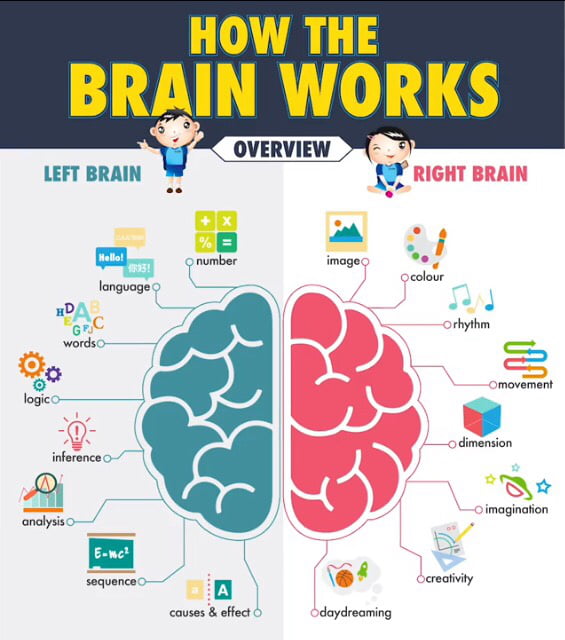 Since the pathology is transmitted in an X-linked recessive type, predominantly boys suffer from color blindness, and girls are only carriers. But if both parents are color blind, then the girls will have similar symptoms.
Since the pathology is transmitted in an X-linked recessive type, predominantly boys suffer from color blindness, and girls are only carriers. But if both parents are color blind, then the girls will have similar symptoms.
Until quite recently, few people heard about this pathology, but now it can be detected in children already at primary school age, although this causes significant difficulties. Since the child begins to meaningfully perceive colors only at 3-4 years old, the identification of color blindness may be delayed. More often the child does not distinguish between green and red colors, less often - blue and green. Since this pathology is present from birth, the child does not receive the necessary information, which affects his development.
Parents should not worry too much and sound the alarm if their baby is diagnosed with color blindness, because if a child can distinguish two colors out of three, he can live, work and even, in some cases, drive a car quite normally.
Contents:
- Causes of color blindness
- Types of color blindness
- Symptoms of color blindness
- Diagnosis of color blindness
- Color blindness treatments
- Consequences of color blindness
Causes of color blindness
Normally, a healthy eye perceives colors with color-sensitive receptors called cones. There are only three types of them, each of which contains a certain pigment and is located in the retina of the eye. Each kind of cone is sensitive to one color: green, red or blue. They say about color blindness if one of the types does not work, or a certain pigment is missing.
Scientists are still working on finding out the causes of color blindness in children. At the moment, there are two groups of factors that contribute to the occurrence of this disease: congenital and acquired. Most often, color blindness is transmitted from parents, more precisely, from mother to son (girls get sick only in 0. 4% of cases). To date, scientists say that there are unique children with impaired color sensitivity, but without burdened heredity, and this is not a disease, but simply an individual feature of vision.
4% of cases). To date, scientists say that there are unique children with impaired color sensitivity, but without burdened heredity, and this is not a disease, but simply an individual feature of vision.
Acquired factors for the occurrence of color blindness can be conditions in which damage to the optic nerve or retina occurs: traumatic brain injury, diseases of the central nervous system, toxic damage to the optic nerve (including the action of certain medications), traumatic lesions of the retina, chemical burns, cataracts, tumors, diabetic maculopathy. In this case, color blindness has its own characteristics: it progresses, one eye is more often affected, there is a violation of the perception of yellow and blue colors.
Types of color blindness
The main types of color vision include: normal trichromasia , anomalous trichromasia , dichromasia , monochromasia . Normally, the eye perceives three primary colors (red, green and blue). This condition is called trichromacy. Anomalous trichromasia is a deficiency in the perception of a certain color: protanomaly - red, deuteranomaly - green, tritanomaly - blue.
This condition is called trichromacy. Anomalous trichromasia is a deficiency in the perception of a certain color: protanomaly - red, deuteranomaly - green, tritanomaly - blue.
Depending on what color the child does not completely distinguish (dichromasia), the following pathologies of color perception are distinguished:
- protanopia - blindness to the color red, which the child confuses with green, and green with yellow;
- deuteranopia - lack of vision of the green spectrum, which is seen as pink or orange, and red as light brown or light green;
- tritanopia - the blue-violet part of the spectrum is invisible, and all colors are perceived as shades of red and green.
The condition in which there is a complete lack of perception of all colors is called achromasia . The first two types are more common. All color-blind people have one thing in common: the colors they cannot see appear to them in gray tones.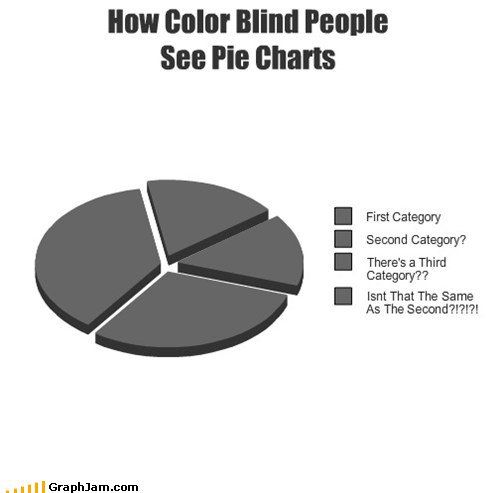
Symptoms of color blindness
Color blindness may go unnoticed for a long time. The child can distinguish the color of objects, focusing on their brightness and tone. With congenital color blindness, a bilateral lesion is noted, the disease does not progress, the color that the child does not see seems gray to him. The main symptom of color blindness is a disturbance in the perception of one, two or all three primary colors. In the latter case, other visual impairments may also be present: decreased visual acuity, photophobia, blurred vision, which forces the child to constantly peer into the contours of objects and can provoke the development of nystagmus.
With acquired color blindness, there is a sudden or gradual change in color perception. Depending on the cause that caused the disorder, it may progress or remain at the same level. In severe cases, there may be a decrease in vision, nystagmus.
Diagnosis of color blindness
Since the child begins to perceive colors at the age of 3-4 years, until this time he simply memorizes the names of colors.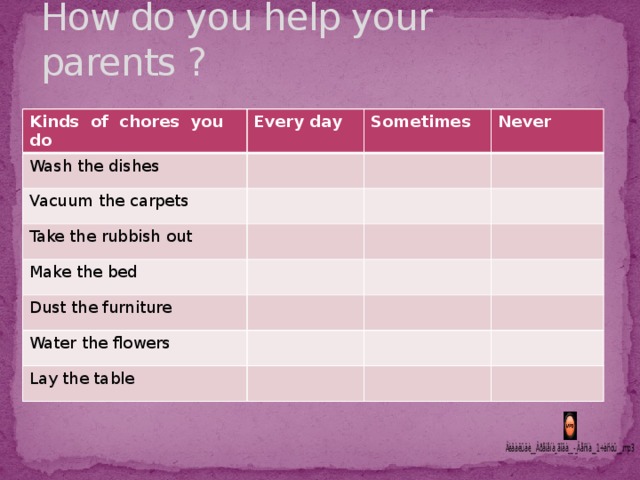 He understands that "the grass is green and the sky is blue", but he sees them in a completely different way. Color blindness can be suspected by carefully observing the child.
He understands that "the grass is green and the sky is blue", but he sees them in a completely different way. Color blindness can be suspected by carefully observing the child.
If parents suspect color blindness in their son (very rarely in their daughter), you can experiment with sweets at home: take one candy in a bright package and another in a black one and put them in front of the child. A healthy child will immediately take a bright candy without hesitation, unlike a child with color blindness (he will begin to doubt his choice). You can also ask the child to draw the sky, sun, grass. If he paints everything in one color or confuses colors, this may also indicate color blindness.
An accurate diagnosis can only be made by an ophthalmologist after special tests. One of them is Rabkin's polychromatic tables, which are presented in the form of drawings with figures consisting of dots of different diameters and colors, but of the same brightness. A child with a violation of color perception cannot see the image in the picture, the picture will seem homogeneous to him.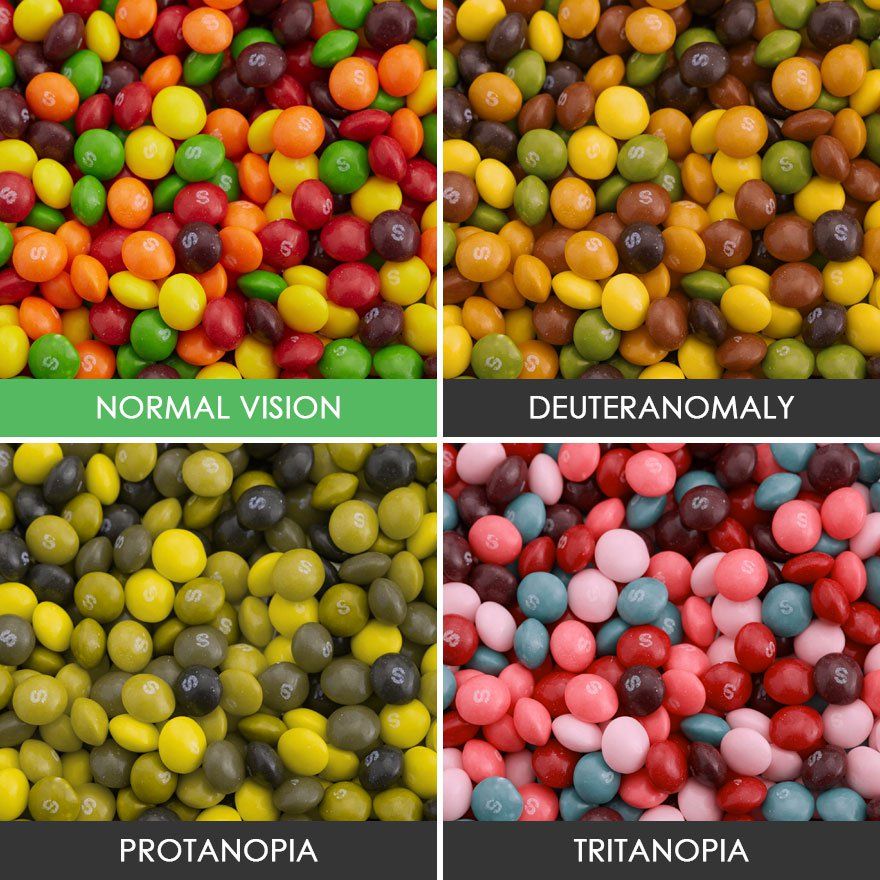 If the baby is all right, then he can easily distinguish between geometric shapes and numbers from circles of the same color. There are only 27 such tables for differentiating the form and degree of visual impairment. The test is carried out in a well-lit room, from a distance of 1 meter, while the child should feel good and understand what is required of him. No more than 7 seconds are given for consideration of the drawing. Such tables for diagnosing color blindness are used all over the world.
If the baby is all right, then he can easily distinguish between geometric shapes and numbers from circles of the same color. There are only 27 such tables for differentiating the form and degree of visual impairment. The test is carried out in a well-lit room, from a distance of 1 meter, while the child should feel good and understand what is required of him. No more than 7 seconds are given for consideration of the drawing. Such tables for diagnosing color blindness are used all over the world.
Other charts exist, such as Ishihara's chart, developed by a Japanese ophthalmologist. They consist of 38 pictures, each of which carries information about the pathology. The cards have spots of different sizes and colors that form letters, signs or numbers. You need to look at the pictures for about 5 seconds from a distance of 80 cm in a relaxed state.
Yustova's tables consist of 12 cards, each has a two-color test on one side (the squares form a large square without one side), and on the other - the necessary information for the doctor. The patient's task is to identify in which direction the square is opened.
The patient's task is to identify in which direction the square is opened.
There are also so-called panel tests. They can consist of 15, 85 and 100 shades (Farnsworth tests). The essence of the task is to arrange all the chips so that the colors smoothly transition into each other.
Treatments for color blindness
There are no treatments for congenital color blindness . However, scientists are working on this issue, conducting animal tests and developing technologies to improve the quality of life of a patient with color blindness. There are reports that a new technology has been developed that allows you to change color perception. It is based on the introduction of missing genes into retinal cells using genetic engineering methods using viral particles. To improve the distinction between colors, there are specially tinted glasses and lenses. Glasses that block bright color are also used. Parents must understand the responsibility that lies with them, since they are obliged to teach the child to adapt to the world around him, to live with this feature.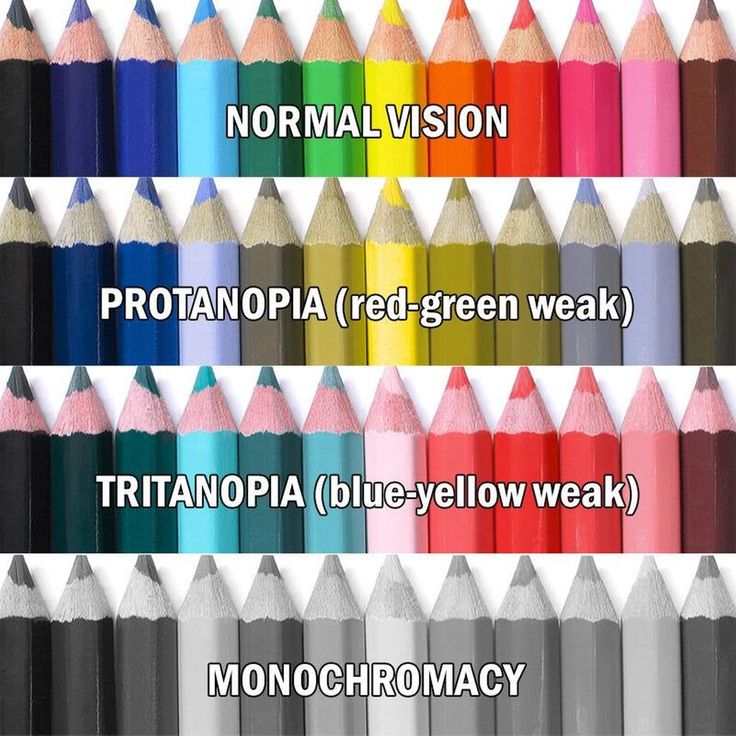
Depending on the cause of acquired color blindness, it can be partially or completely cured by influencing the underlying disease, for example, cataract surgery, macular diabetic edema therapy or prophylactic treatment of age-related macular degeneration in order to improve retinal trophism.
Consequences of color blindness
From a health point of view, a child with color blindness is not threatened by a decrease in visual acuity and the occurrence of any complications in the future. Problems can arise only with social adaptation, because it will be difficult for such a child to go to a regular kindergarten and school, pick up colored clothes, and work with bright drawings. Over time, it will be difficult for him to buy himself fresh food or cook food properly. When choosing a profession, such a child will most likely not be able to become an artist, fashion designer, or designer. In the modern world, there are many color markers that are not available to color blind people.